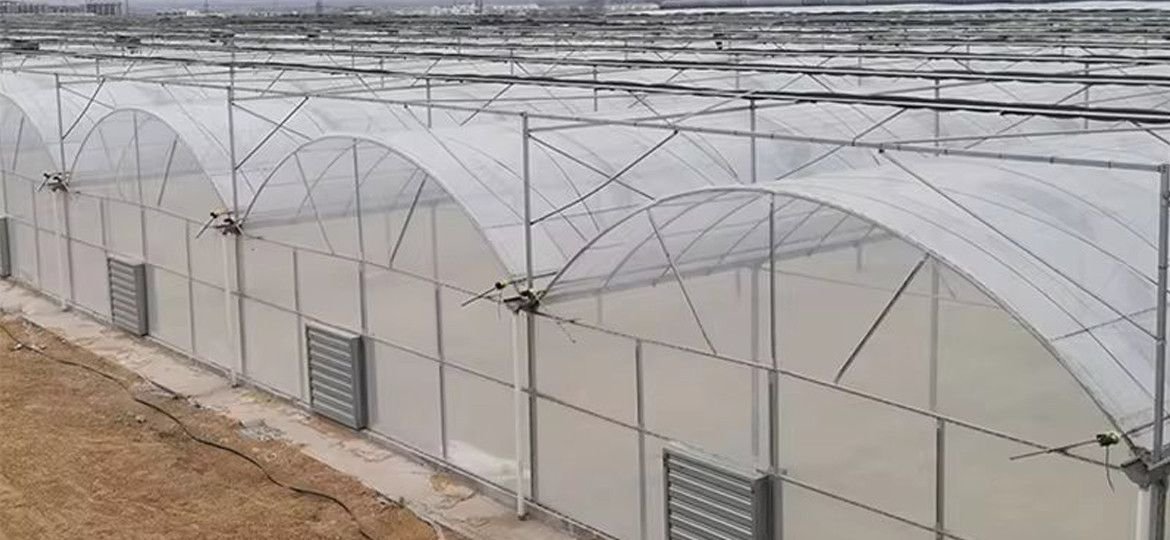
Subsidy for Greenhouse Farming in India
A subsidy is financial support provided by the government or an organization to individuals, groups, or businesses to encourage specific economic activities or behaviors. Subsidies can take various forms, such as cash payments, tax breaks, reduced interest rates on loans, or direct grants. In India, subsidies for greenhouse farming are offered by both state and central governments to promote agricultural production and the adoption of modern farming practices. The eligibility criteria and the amount of subsidy can vary depending on the state and specific schemes. However, central government subsidies provided by the National Horticulture Board (NHB) are uniform across states.National Horticulture Mission (NHM)
The National Horticulture Mission (NHM) is an initiative by the Indian government aimed at promoting holistic growth of the horticulture sector through the adoption of improved technologies and practices. The NHM provides financial assistance for various horticultural activities, including greenhouse construction, with the goal of enhancing productivity, supporting post-harvest management, and promoting sustainable practices.Key Features of NHM
- Comprehensive Support: The NHM offers financial assistance for a wide range of horticultural activities, including greenhouse construction, water management, and farmer training.
- Sustainability Focus: The mission emphasizes sustainable horticultural practices to ensure long-term productivity and environmental conservation.
- Post-Harvest Management: The NHM supports post-harvest management by providing assistance for the establishment of cold storage facilities, processing units, and market linkages.
NHB Subsidy for Greenhouse Farming
The National Horticulture Board (NHB) supports the development of commercial horticulture through various schemes, including subsidies for greenhouse construction. Greenhouses, also known as polyhouses, provide a controlled environment for growing crops, enhancing productivity and quality.Minimum Area for Availing Subsidy
- General Requirement: Greenhouses must cover an area of at least 2500 square meters to qualify for the subsidy.
- Northeast Region: For the Northeast region of India, the minimum area requirement is 1000 square meters, considering the unique agricultural conditions of the region.
Subsidy Amount
The NHB provides up to a 50% subsidy for the cost of constructing greenhouses, with an upper limit of INR 56 lakhs. This substantial financial assistance enables farmers and agricultural entrepreneurs to invest in greenhouse farming without bearing the full financial burden.Eligible Crops
Greenhouse farming is suitable for various high-value crops, including:- Vegetables:
-
- Capsicum
- Cucumber
- Tomatoes
- Flowers:
-
- Anthurium
- Orchids
- Rose
- Lilium
- Chrysanthemum
- Carnation
- Gerbera
NHB Post-Harvest Management Schemes
In addition to greenhouse farming subsidies, the NHB offers several schemes to support post-harvest management. These schemes aim to reduce post-harvest losses, improve product quality, and enhance marketability.Key Post-Harvest Management Schemes
- Cold Storage Facilities: Financial assistance is provided for the construction and modernization of cold storage facilities, which help in extending the shelf life of horticultural produce.
- Processing Units: Subsidies are available for setting up processing units for value addition and better market access.
- Packhouses and Ripening Chambers: Assistance is given for establishing packhouses and ripening chambers to ensure proper handling and ripening of fruits and vegetables.
- Market Linkages: Support is provided for creating market linkages to help farmers get better prices for their produce.
How to Apply for the NHB and NHM Subsidies
To avail of the subsidies for greenhouse farming and post-harvest management under the NHB and NHM schemes, follow these steps:- Project Proposal: Prepare a detailed project proposal outlining the greenhouse setup or post-harvest management plan, including design, area, cost estimates, and the crops you intend to grow.
- Application Submission: Submit the project proposal along with the subsidy application form to the NHB or the respective state horticulture department for NHM.
- Site Inspection: The concerned authority will conduct a site inspection to assess the feasibility and compliance of the proposed project.
- Approval and Disbursement: Upon approval, the subsidy amount will be disbursed in phases based on the progress of the project.

